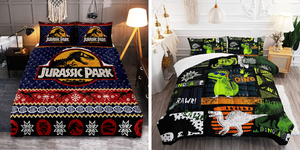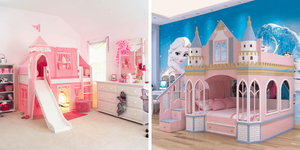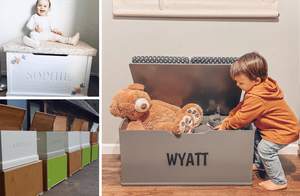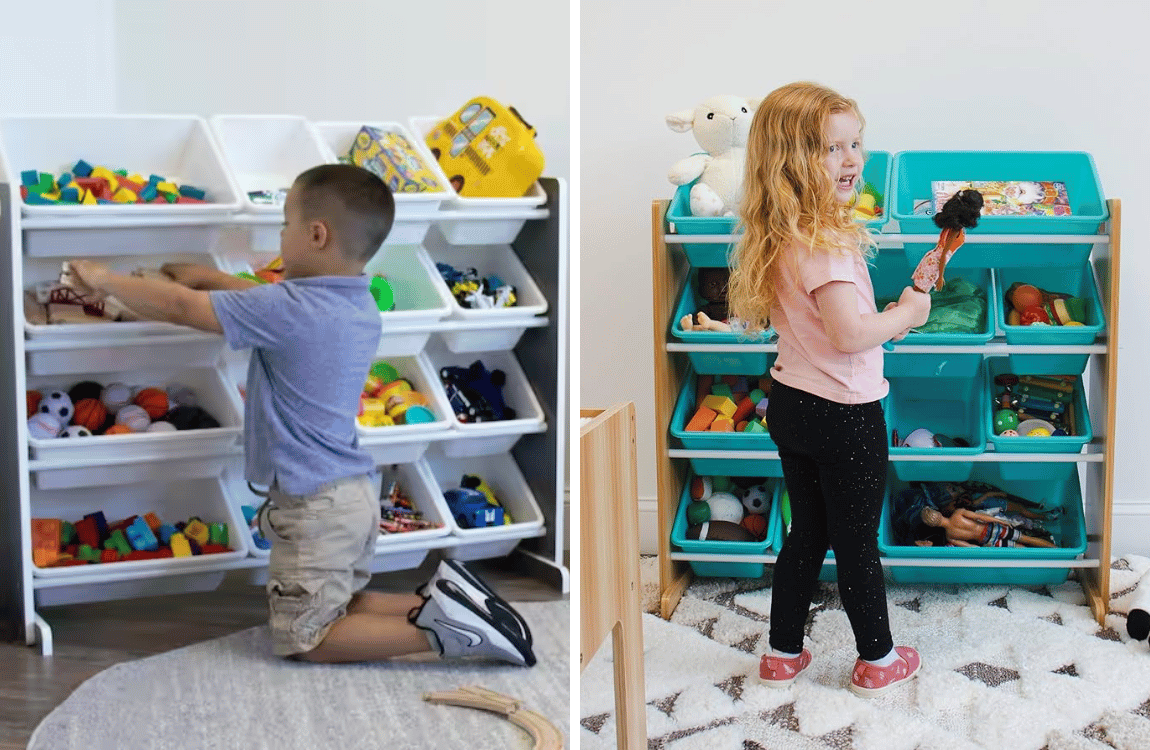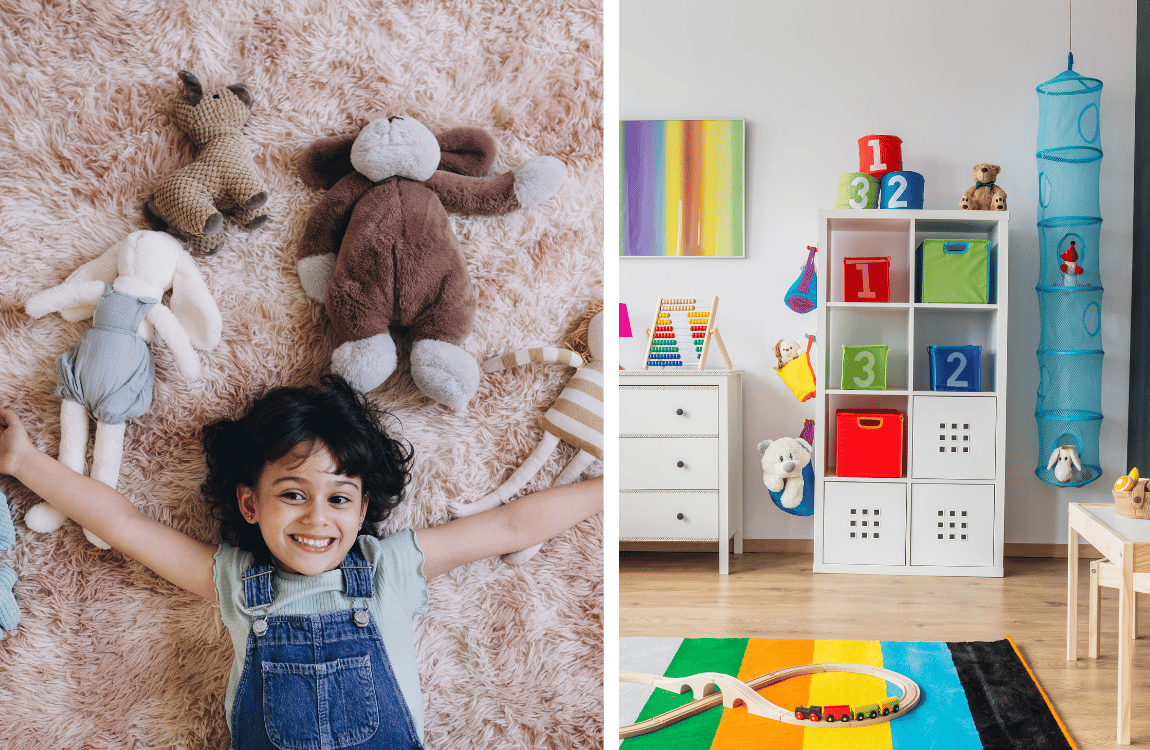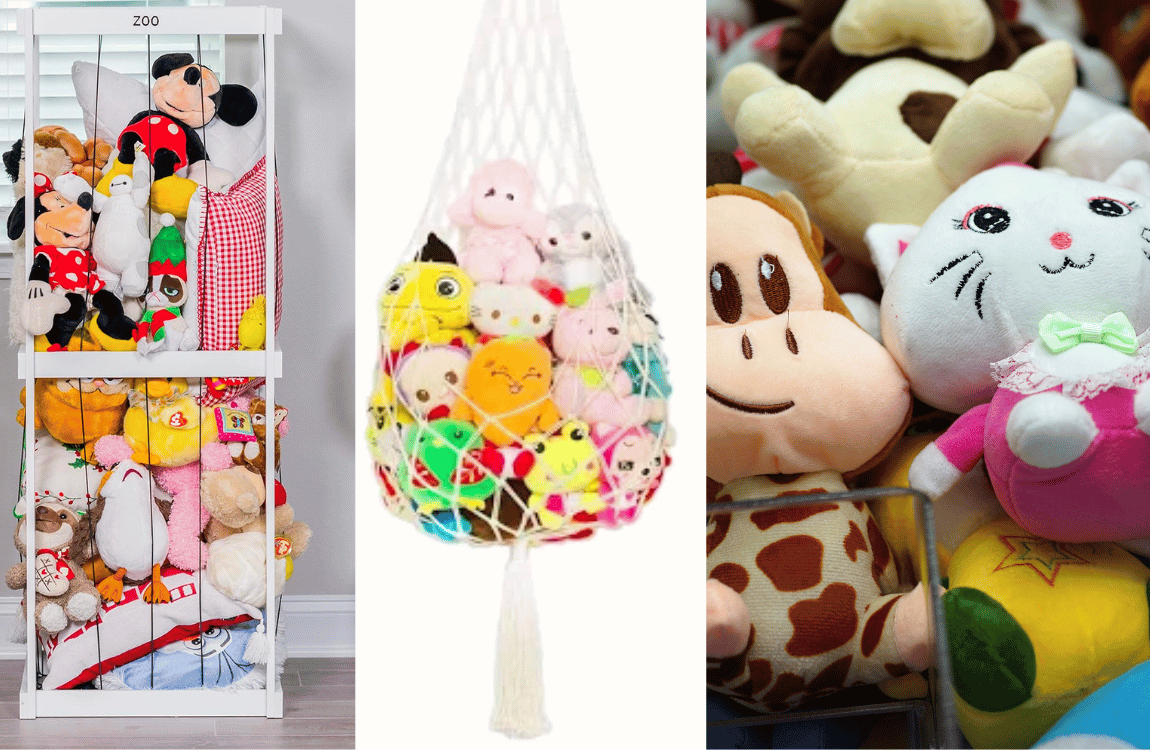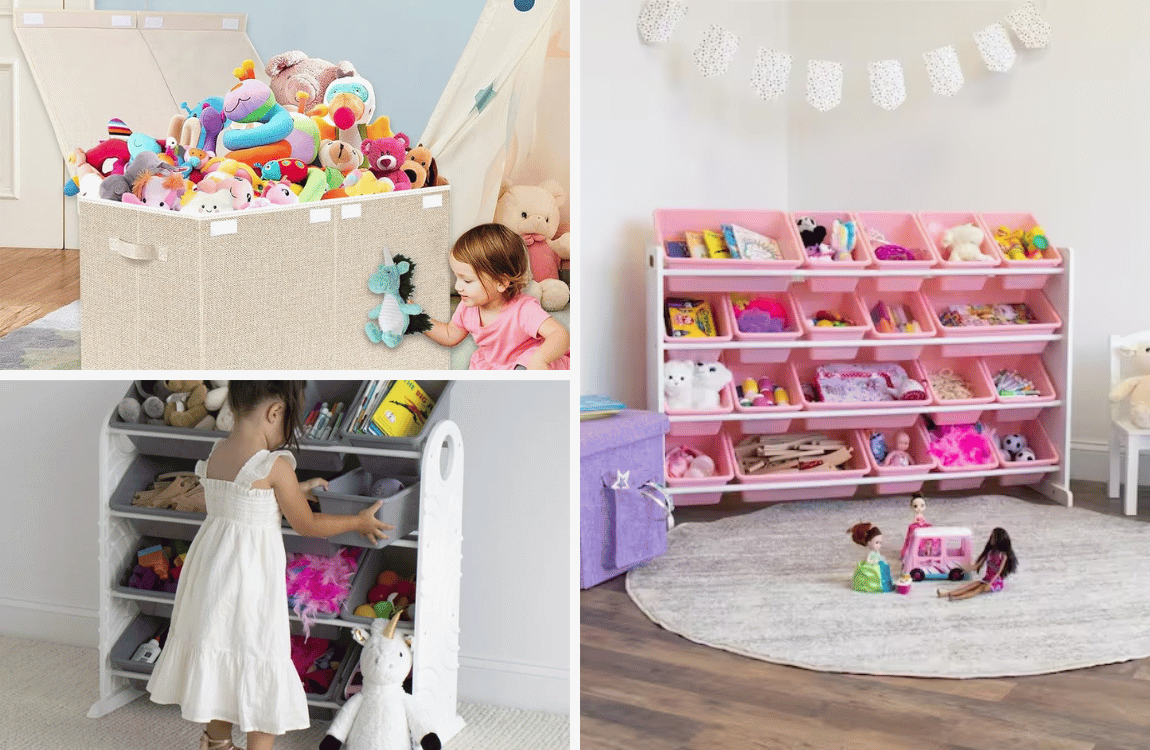Are you considering buying a balance bike for your little one? One important factor to consider is the weight of the perfect balance bike itself. The weight of a balance bike plays a crucial role in ensuring a smooth and safe riding experience. Balance bikes, unlike traditional pedal bikes, allow children to develop their balance and coordination skills before transitioning to pedal bikes.
These lightweight bikes are designed to have no pedals, enabling children to use their feet to push off and glide. However, finding the right weight for a balance bike can make a significant difference in your child's learning process.
It's essential to consider factors such as the child's age, size, and strength. Balance bikes are typically designed to be lightweight, making them easy for young children to handle. A bike that is too heavy can hinder their ability to maneuver and control the bike effectively.
On the other hand, a bike that is too light may lack stability, making it harder for your child to balance. It is crucial to find the right balance between weight and stability in the balance bike to ensure a comfortable and successful riding experience.
Comparing the weight of different balance bikes can help you make an informed decision and choose the one that best suits your child's needs, keeping in mind that each child's preferences and abilities may vary when it comes to weight, impacting their overall balance and coordination on the bike.

How Heavy Should a Balance Bike Be

When determining the ideal weight for a balance bike, it's essential to consider various factors, including the child's age, size, and strength. While there is no one-size-fits-all answer, general guidelines can help ensure a balanced riding experience. In comparison to pedal bikes, most balance bikes are designed to be lightweight and easy for young children to handle. They serve as a stepping stone to develop balance and coordination skills before transitioning to pedal bikes.
Shop for the best balance bikes with the appropriate weight, it's helpful to consider the weight of other balance bikes on the market. By comparing different models of best balance bikes and their weights, you can identify the best that strikes a balance between stability and maneuverability for your child's individual needs. Keep in mind that what works for one child may not work for another, so finding the very best balance bike with the right weight involves considering the child's comfort and ability to maintain balance effortlessly.
Your Balance Bike is Too Heavy for Your Kid
Here are four considerations to help determine if your balance bike is too heavy:
Balance Bike Sizing Guide
For ages 2+

Seat Height: The minimum seat height should be set to the lowest position, allowing the child to comfortably sit on the bike with both feet flat on the ground. This helps them gain stability and confidence while walking mountain biking or striding.
Handlebar Height: The handlebars and hand brake should be adjusted low minimum seat height so that they are at the same frame and a comfortable height for the hand brake for the child to grip without straining. Make sure the handlebars and coaster brakes are not too high it causes the child's weight to lean forward excessively.
For ages 3+

Seat Height: Adjust the seat height to allow the child to sit comfortably on the bike with their feet flat on the ground and knees slightly bent. This position allows them to push off and glide with ease.
Handlebar Height: Set the handlebars at a height that allows the bike child to maintain an upright riding position without feeling cramped or stretched. The handlebars should be at a level where they can grip them comfortably.
For ages 4+

Seat Height: Increase the seat height slightly so that the child's feet are still flat on the ground, but now with a slight bend in the knees. This adjustment encourages them to start using their feet more actively to propel lightweight off the rear wheel and bike forward.
Handlebar Height: Adjust the handlebars of the bike to a height that promotes proper posture and allows the rear hand brake and brake lever part of the child to steer the bike comfortably. The handlebar's first pedal bike should be at a level where the rear hand brake child's arms are relaxed and not fully extended.
Best Balance Bike That is Recommended
We asked parents what would be the best balance for kids. Here's what they came up with.
Chillafish Charlie: The Chillafis bikes are fantastic and our personal favorite. The Charlie is great for 1.5 - 4 year olds with a seat height of 28-37 cm and 10 inch tires.

Chillafish BMXie: With its cooler than cool appearance the BMXie has 12 inch tires and a seat height of 32-39 cm. Its great for kids 2-5 years old. This model comes in some great designs to liewk the VROOM and GLOW.





Strider 12 Sport Balance Bike: This balance bike is designed for children aged 18 months to 5 years. It has an adjustable seat height range of 28-48 cm, allowing it to accommodate growing kids for an extended period. The lightweight frame, plastic wheels tires, and padded seat make it comfortable and easy to maneuver.
WOOM 2 Pedal Bike: Suitable for children aged 3 to 4.5 years, this balance bike with training wheels has two wheels and an adjustable seat height of 37.5-47.5 cm. It features a lightweight aluminum frame and child-friendly components, making it perfect for toddlers transitioning from their regular bikes to pedal bikes or strider bikes with training wheels or kids transitioning from a striding bike to a pedal bike or strider sport with training wheels.
FirstBIKE Cross Balance Bike: Recommended for children aged 2 to 5 years, the FirstBIKE Cross quality bike has an adjustable seat height range of 32.5 to 39.5 cm. The lightweight construction, shock-absorbing tires, and low step-through frame provide stability and comfort for young riders.
KaZAM v2e No Pedal Balance Bike: Designed for children aged 2 to 5 years, the KaZAM v2e no electric balance bike features an adjustable seat height range of 28-40.5 cm. It comes with a sturdy steel frame, air-filled tires rim brakes, and an ergonomic footrest, allowing young kids to to develop their balance and coordination skills.
GOMO Balance Bike: Suitable for children aged 2 to 5 years, the GOMO Balance Bike has an adjustable seat height range of 31.5-40.5 cm. With key features being its durable steel frame, puncture-resistant tires training wheels, and easy-to-use, rear brake and rear hand brakes only, it offers a smooth and safe riding experience for little ones.
A Heavy or a Light Bike?
Heavy balance bikes are a popular choice for parents seeking stability and durability for their children. With a sturdy frame made of materials like steel or wood, these balance bikes can offer a robust construction that can withstand rough handling. The added weight provides a sense of stability, making it easier for children to balance and maneuver. This makes heavy-balance bikes an ideal option for older kids or taller kids who may require more support. However, they may pose a challenge for younger or smaller children due to the larger balance bike part's weight, which can make it harder for them to handle and control.
Light balance bikes have their own set of advantages. Made from lightweight materials like aluminum or plastic, these other electric balance bike bikes are easier for young children to handle and control. The reduced weight allows them to quickly maneuver and change directions, aiding in their development of balance and coordination. Light electric balance bikes also are particularly well-suited for younger or smaller children who may struggle with a heavier model. The portability of these electric balance bikes is a significant advantage, as they are easier to carry and transport, making them a great choice for families on the go or those with limited storage space.
How Do You Measure a Child for a Bike
Measuring a child for a bike is an important step in ensuring they have a comfortable and safe riding experience. To do so, you will need to measure two key areas: their inseam and their height. To measure the inseam, have the child stand against a wall with their feet shoulder-width apart. Place a book or ruler between their legs, up against their groin, and measure from the floor to the top of the book. This measurement represents the minimum seat height the bike should have.
Measure the child's height from the top of their head to the ground. This measurement can be used as a general guideline to determine the appropriate frame size for the bike. It's important to consult the specific bike manufacturer's sizing charts as each brand may have slightly different wheel size recommendations. By accurately measuring the child's inseam and height, you can choose a bike that fits them properly, ensuring a comfortable ride and proper body positioning while cycling.
Conclusion
When considering buying a balance bike for your child, it is crucial to take into account the weight of the bike. The ideal weight will depend on factors such as the child's age, size, and strength. Most balance bikes are designed to be lightweight, making them easy for young children to handle. A bike that is too heavy can be difficult to maneuver and control, while a bike that is too light may lack stability.
It is important to find the right balance between weight and stability for a comfortable and successful riding experience. Comparing the weights of different balance bikes can help in making an informed decision. Additionally, it is recommended to measure the child's inseam and height to determine the appropriate size of the balance bike.
More Balance Bike Know How



Frequently Asked Questions
Is it worth buying a balance bike?
Yes, it is worth buying to teach kids a balance bike. It helps children develop balance, coordination, and confidence, making the transition to a pedal bike easier.
Is it better to have a bigger or smaller bike?
It is better to have a bike that fits you properly. A bigger bike can be difficult to control, while a smaller bike can be uncomfortable and cause injuries.
Should my feet touch the ground on a bike?
Yes, your feet should touch the ground on a bike. It helps you maintain balance and control and gives you the ability to stop and put your foot rest and your feet down when needed.
Are air tires recommended for balance bikes?
Air tires are often recommended for balance bikes as they provide superior traction, shock absorption, and a smoother ride. They also help children develop balance and coordination skills by adapting air tires and larger balance bikes to different terrains.
How effective are coaster brakes on balance bikes?
Coaster brakes on balance bikes are generally effective at providing stopping power for young riders. However, they may require more strength and coordination to engage compared to hand brakes.


